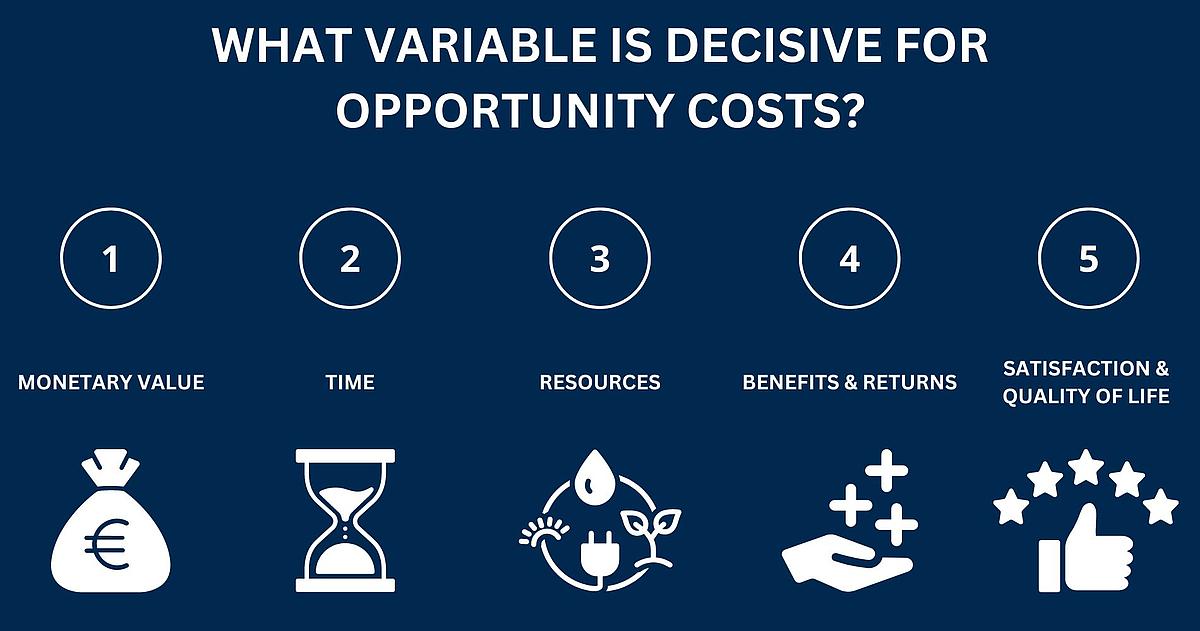[1] Paul A. Samuelson & William D. Nordhaus, 2010, Economics
[2] N. Gregory Mankiw, 2021, Grundzüge der Volkswirtschaftslehre
[3] Andreas Burth & Marc Gnädinger, 2023, HaushaltsSteuerung.de (Lexikon): haushaltssteuerung.de/lexikon-opportunitaetskosten.html
[4] Shane Frederick, 2011, Harvard Business Review: hbr.org/2011/01/column-the-persuasive-power-of-opportunity-costs
[5] Wiwiweb (Lernplattform für BWL/VWL), 2023: wiwiweb.de/kostenrechnung/methoden-und-instrumente-zur-erfassung-von-kosten-und-leistungen/kosten-nach-unterschiedlichen-kriterien/system/kalkulator.html
[6] St. Louis Fed, 2020, Page One Economics „Money and Missed Opportunities“: stlouisfed.org/publications/page-one-economics/2019/10/01/money-and-missed-opportunities
[7] Bundeszentrale für politische Bildung (bpb), 2019: bpb.de/kurz-knapp/lexika/lexikon-der-wirtschaft/18594/alternativkosten/
[8] Hartmut Walz, 2017, Finanzblog: hartmutwalz.de/haette-haette-opportunitaetskosten-bei-der-geldanlage/
[9] Paul R. Krugman & Robin Wells, 2020, Volkswirtschaftslehre
[10] Boardman et al., 2018, Cost-Benefit Analysis: Concepts and Practice : students.aiu.edu/submissions/profiles/resources/onlineBook/E5V5H3_Cost-benefit%20analysis%20_%202018.pdf






















